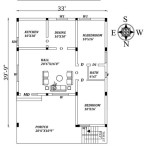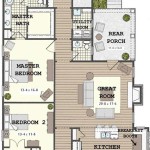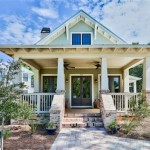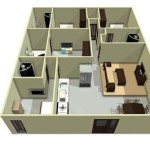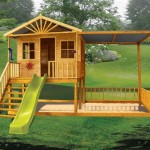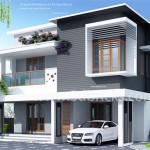Essential Aspects of Pod Home Floor Plans
Pod homes, also known as modular homes, are increasingly gaining popularity due to their compact size, affordability, and eco-friendliness. These homes are prefabricated in sections and then assembled on-site, offering a quick and efficient construction process. When designing pod home floor plans, there are several essential aspects to consider to ensure functionality, comfort, and aesthetic appeal.
Functionality:
The primary consideration for pod home floor plans is functionality. The layout should maximize space efficiency while accommodating all necessary living areas. Open-concept designs are often employed to create a spacious feel, while clever storage solutions help keep the home organized and clutter-free. Multi-purpose rooms can serve multiple functions, such as a guest room that doubles as a home office. It is crucial to carefully plan the placement of windows and doors to ensure natural light and ventilation throughout the home.
Size and Layout:
Pod homes typically fall within a range of 200 to 600 square feet, making it essential to utilize every square inch wisely. Compact layouts with efficient use of space are key. Designers often incorporate lofts, built-in furniture, and vertical storage to create additional space and a sense of height. The number of bedrooms and bathrooms will depend on the specific needs of the occupants.
Natural Light and Ventilation:
Natural light can significantly improve the ambiance and well-being of a pod home. Floor plans should prioritize large windows that allow ample sunlight to flood the interior. Skylights can also be incorporated to provide additional natural light in areas with limited window space. Proper ventilation is equally important to ensure air circulation and prevent moisture buildup. Cross-ventilation, achieved by placing windows on opposite walls, effectively draws fresh air through the home.
Storage and Organization:
With limited space in pod homes, storage and organization are crucial. Built-in storage solutions, such as drawers, shelves, and closets, can maximize available space while keeping the home tidy. Vertical storage, such as floor-to-ceiling cabinets and wall-mounted shelves, is an effective way to store items without taking up valuable floor space. Additionally, under-bed storage can provide extra room for bulky items.
Energy Efficiency:
Pod homes can be highly energy-efficient due to their compact size and use of sustainable materials. Floor plans should incorporate energy-saving features, such as energy-efficient appliances, LED lighting, and insulation to minimize energy consumption. Passive solar design techniques, such as strategically placing windows and using thermal mass, can further reduce heating and cooling costs.
Customization:
While pod homes are often built with standard floor plans, many manufacturers offer customization options to meet specific needs and preferences. Designers can modify layouts, add features such as outdoor living spaces or skylights, and incorporate personal touches to create truly unique homes. Customization allows homeowners to create a pod home that perfectly suits their lifestyle.
Conclusion:
Designing pod home floor plans requires careful consideration of functionality, size, natural light, storage, energy efficiency, and customization. By incorporating these essential aspects, architects and designers can create pod homes that are not only compact and affordable but also comfortable, stylish, and energy-efficient.

Granny Pods Floor Plans Submited Images Pic2fly Tiny House Pod

Modular Pods Natural Building Blog

Multi Pod 56 Ecotech

Granny Pod Floor Plans Google Search Pods Backyard Cottage

The Smart Pods Parkwood Homes

Pod House Plans Tiny Floor

Coolest Granny Pods And Tiny Modular Homes For Craft Mart

Customisable Pod House Design Ideas Pictures 208 Sqm Homestyler

Small House Design 94 210 Granny Pod 73 7 M2 Or 793 Sq Feet 2 Bedrooms Bathroom Flat Concept Plans For

Granny Flat Plans Google Search Pods Floor Pod

